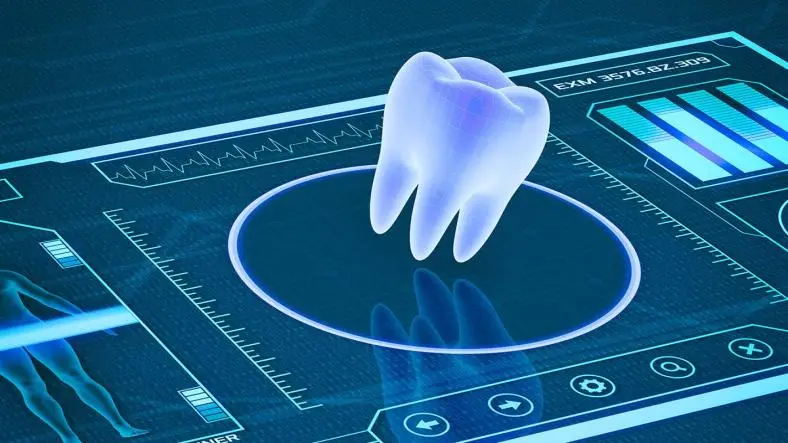As your dentist, one of my priorities is making sure that you receive accurate, comfortable, and efficient care. Over the years, dental diagnostics have advanced tremendously, and today we are able to detect problems earlier, treat them more effectively, and even prevent them before they start. Let me walk you through some of the exciting new technologies in dental diagnostics that are changing the way we care for your smile.
Why New Diagnostic Tools Matter
Traditional methods like X-rays and visual inspections are still valuable, but they can sometimes miss early signs of disease. New technologies give us a clearer, more detailed view of your teeth, gums, and jaw — often without discomfort. Early and precise detection means less invasive treatment, fewer complications, and better long-term oral health for you.
Key Advancements in Dental Diagnostics
1. Digital X-Rays: Unlike traditional film X-rays, digital X-rays use less radiation and produce instant images. This allows me to show you exactly what’s happening inside your mouth on a screen, making it easier for you to understand your treatment needs.
2. 3D Cone Beam CT Scans (CBCT): For complex cases — like implants, jawbone assessment, or root canal treatments — CBCT provides a 3D view of your oral structures. This helps us plan treatments with greater precision and safety.
3. Intraoral Cameras: These small, pen-like cameras let us capture detailed images of your teeth and gums in real time. You can see what I see, which makes it easier for us to discuss treatment options together.
4. Caries Detection Devices (Laser and Fluorescence Technology): Instead of relying only on probing or X-rays, laser and fluorescence tools can detect cavities in their earliest stages — sometimes before they’re visible to the eye. This means we can treat decay earlier, often with less drilling and simpler procedures.
5. Digital Impressions (Intraoral Scanners): Say goodbye to uncomfortable impression trays. Digital scanners capture a precise 3D image of your teeth in minutes, making crowns, aligners, and other dental appliances more accurate and comfortable.
6. Artificial Intelligence (AI) in Diagnostics: AI-powered software is now helping dentists analyze X-rays and scans more efficiently. These systems highlight potential problem areas, such as early signs of cavities or bone loss, ensuring nothing is overlooked.
7. Saliva Testing: Saliva carries important clues about your health. New diagnostic kits can test saliva for bacteria, genetic markers, or even risks for diseases like oral cancer and gum disease. This non-invasive method adds another layer of prevention.
How These Technologies Benefit You
- Earlier Detection: Finding issues at their earliest stage means less invasive and less costly treatments.
- Improved Comfort: Many of these tools are quick, painless, and eliminate the discomfort of older methods.
- Better Accuracy: More detailed images and data lead to better treatment planning and long-lasting results.
- Patient Involvement: With real-time imaging, you can see and understand your dental health more clearly, making you an active partner in your care.
Looking Ahead
As technology continues to evolve, diagnostics will only get more advanced. We’re seeing developments in genetic testing for oral disease risks, AI systems that can predict treatment outcomes, and even wearable devices that monitor oral health in real time.
Conclusion
Exploring new technologies in dental diagnostics isn’t just about gadgets — it’s about giving you the best possible care. By using these tools, we can provide treatments that are safer, quicker, and more effective. As your dentist, I want you to feel confident knowing that your oral health is being monitored with the most advanced tools available.
Thanks for reading the dentofacts article, for more such articles read our PeoplesBLOG.















